
Giraffe Adaptation Sciencing
April 30, 2023. Giraffes are known for their distinctive appearance, with their long necks and spindly legs, but their unique adaptations go beyond just their physical features. These adaptations are crucial for their survival in the wild, as giraffes have to contend with various challenges, such as finding food and water, avoiding predators.
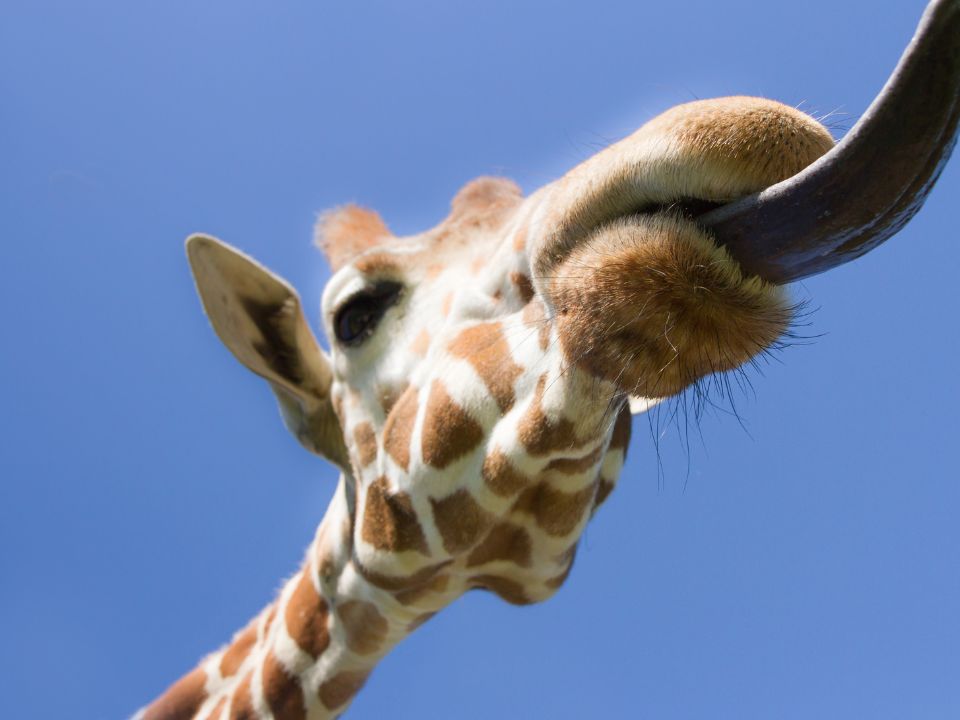
Adaptations Of A Giraffe Behavioral, Structural & Physiological Zooologist
What do giraffes eat? How long do giraffes live? Are giraffes an endangered species? giraffe, (genus Giraffa ), any of four species in the genus Giraffa of long-necked cud-chewing hoofed mammals of Africa, with long legs and a coat pattern of irregular brown patches on a light background.

The giraffes tongue is one of the many adaptations that h...
Because of this characteristic behaviour, a giraffe can be identified as either male or female from a long distance away simply by its stance while eating. Male giraffes are also more inclined to wander into dense woodland, a habitat that females generally avoid.

What Are The Adaptations Of A Giraffe Animal Enthusias Blog
Giraffes grow about 4 feet (1.2 meters) in their first year of life. A newborn giraffe is about 6 feet (1.9 meters) tall at birth and weighs about 150 pounds (68 kilograms). Many young giraffes, called calves, die from lion attacks during their first year of life. Once a giraffe reaches adulthood its height is often enough to protect it from lions. Adult giraffes, however, must still be.
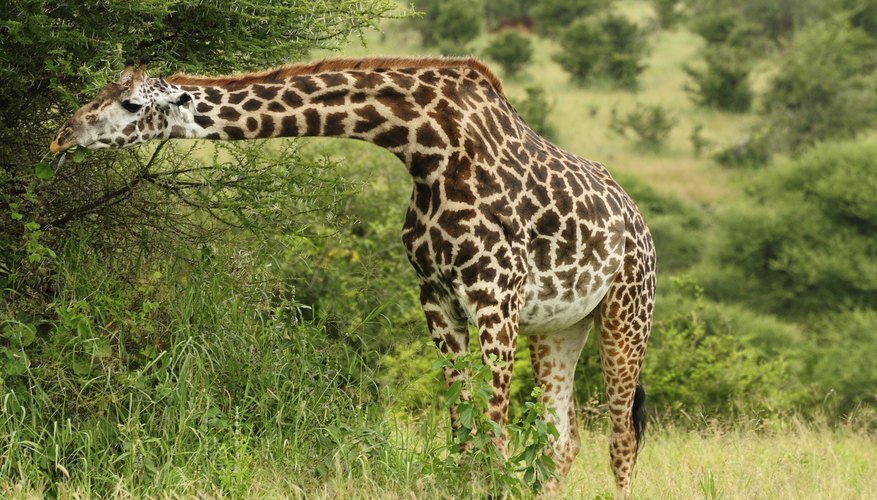
Giraffe Adaptation Sciencing
Check Out Giraffe on eBay. Fill Your Cart With Color Today!

Giraffe Adaptations
Giraffes are the tallest land animals. Female giraffes are up to 14 feet tall and weigh up to 1,500 pounds. Meanwhile, males are up to 18 feet tall and can weigh 3,000 pounds. At this height, a.

PPT Adaptations of Mom the Giraffe PowerPoint Presentation, free download ID6802265
Giraffes are the world's tallest mammals, thanks to their towering legs and long necks. A giraffe's legs alone are taller than many humans—about 6 feet . These long legs allow giraffes to run as.
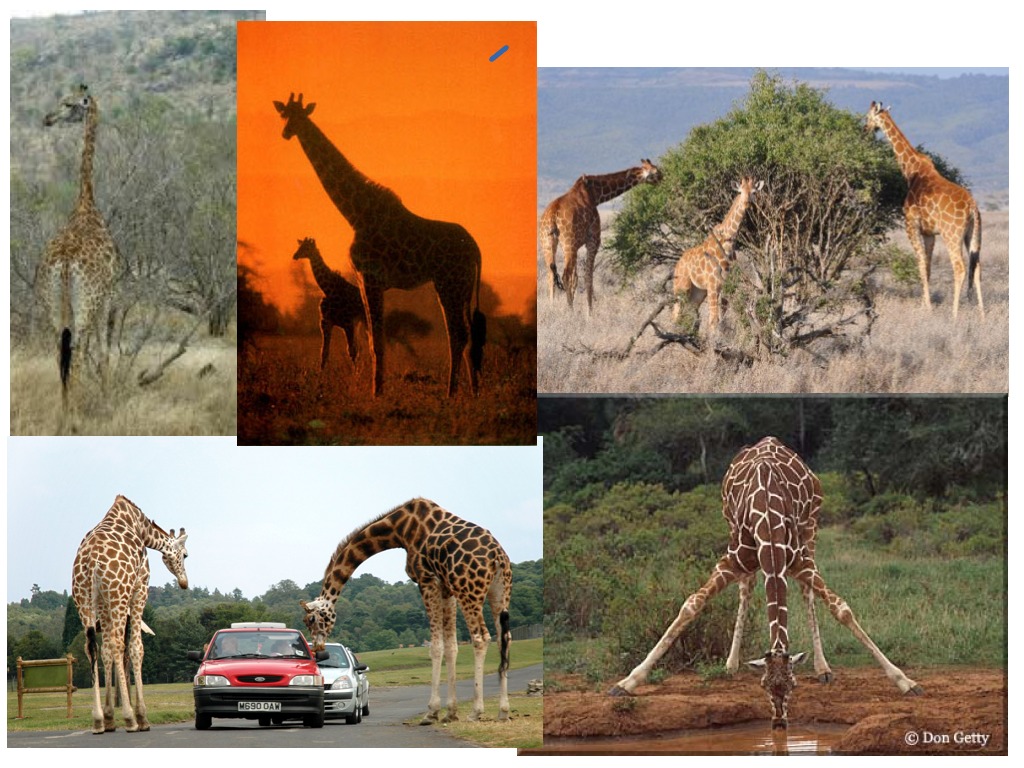
Giraffe adaptations ShowMe
Animals Vanishing Unique anatomy sets giraffe apart in the animal kingdom A circulatory system that beats gravity. Spots that dissipate heat. This giant is purpose-built for its size and.
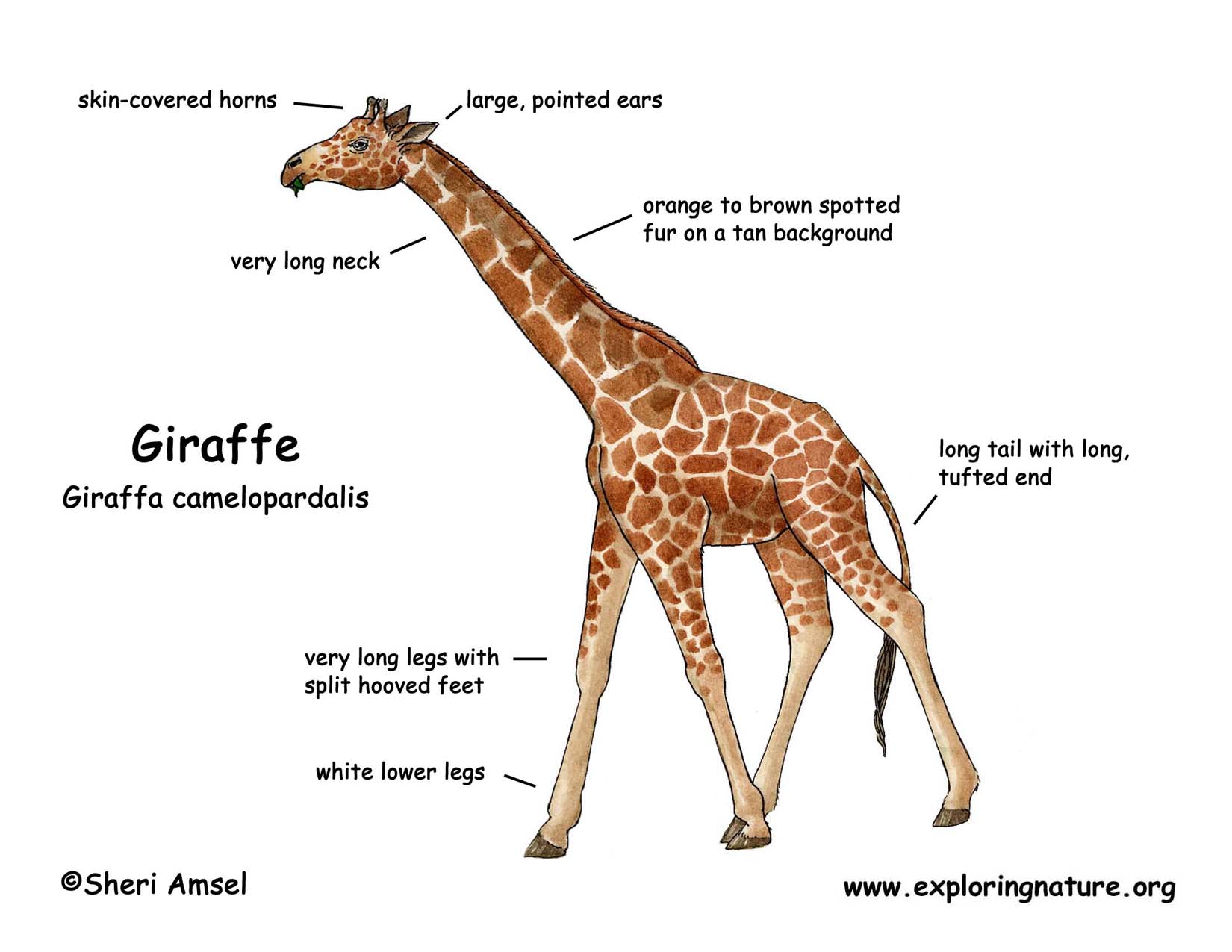
Giraffe
A behavioral adaptation giraffes make when they drink water is to gulp it. Gulping is drinking a lot of liquid quickly without choking. Giraffes gulp as much as 10 gallons of water in a few minutes. They have also adapted the ability to go a long time without drinking a lot of water.

11 Giraffe Adaptations (Evolutionary Benefits!) Fauna Facts
Giraffes have adaptations, or characteristics that help animals survive in their natural habitat. And one of those adaptations is a very long neck. Without that neck, giraffes would be in.
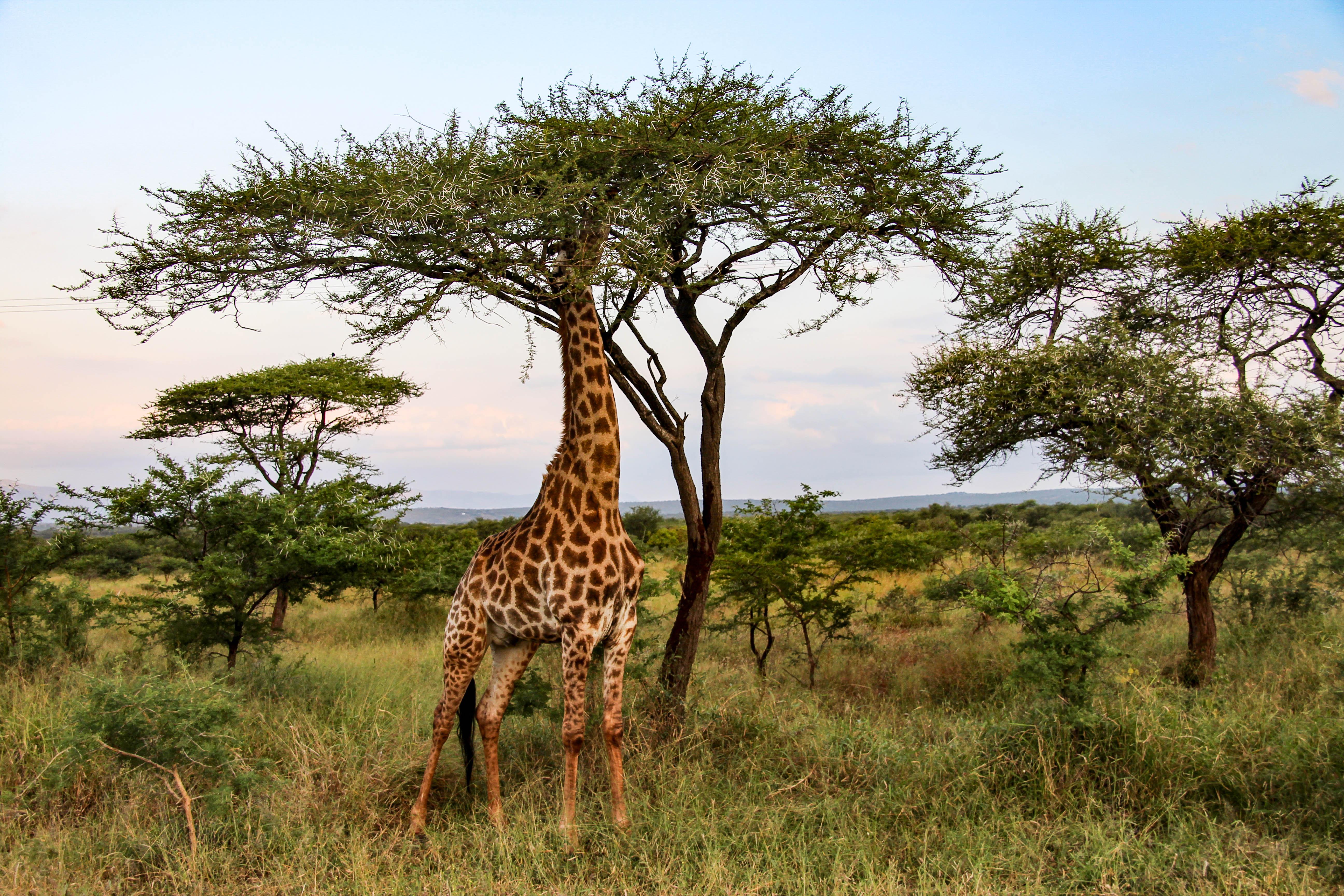
Adaptation Of Giraffe
Taxonomy Evolution The giraffe is one of only two living genera of the family Giraffidae in the order Artiodactyla, the other being the okapi. [8] They are ruminants of the clade Pecora, along with Antilocapridae ( pronghorns ), Cervidae (deer), Bovidae (cattle, antelope, goats and sheep) and Moschidae (musk deer).

Giraffe Adaptations In The Savanna
Science The Giraffe's Adaptation in the Grasslands ••• Updated November 22, 2019 By Eliza Cummings The tallest land animals in the world and the largest of Earth's grazing ungulates, giraffes (Giraffa camelopardalis) live in the savanna grasslands of sub-Sarahan Africa.

Giraffe Part 1, Physical Adaptation to their Environment Whole Earth Education
What You Will Learn show Giraffe Adaptations 1. Long Necks Type of Adaptation: Structural Giraffes are perhaps best known for their long necks, which can measure up to six feet in length. It's generally believed that giraffes developed this adaptation to reach high-up food on trees.

11 Giraffe Adaptations (Evolutionary Benefits!) Fauna Facts
Behavior and Reproduction Giraffes congregate in herds that vary in size and composition according to ecological, social and temporal factors, but can number over 60 individuals. Herds are generally composed of only one sex, although mixed-sex groups of females and young males are known to occur.
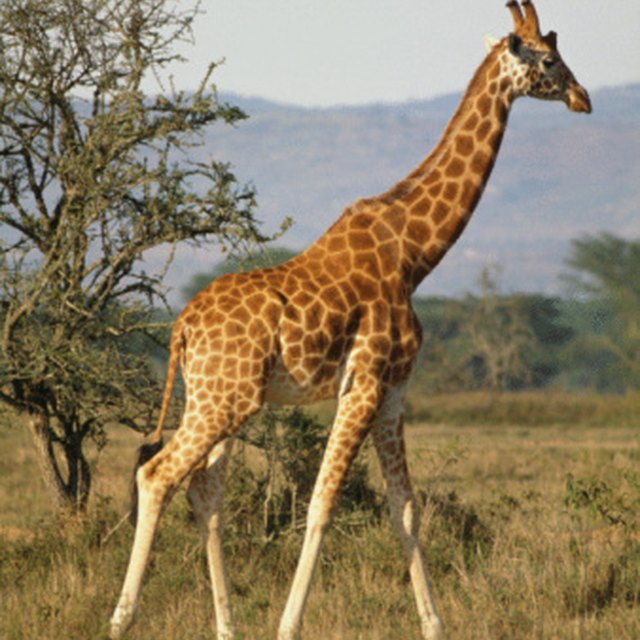
The Giraffe's Adaptation in the Grasslands Sciencing
Home Range Home ranges Movements not well-understood Nonexclusive and overlapping, including among males and females (Bercovitch and Berry 2009a) No evidence of territories or harems (Wilson and Mittermeier 2011; Bercovitch and Berry 2014)

11 Giraffe Adaptations (Evolutionary Benefits!) Fauna Facts
These adaptations include their unique cardiovascular system, efficient digestion, thermoregulation, and slow metabolism. Together, these adaptations make giraffes one of the most fascinating and well-adapted species on the planet.